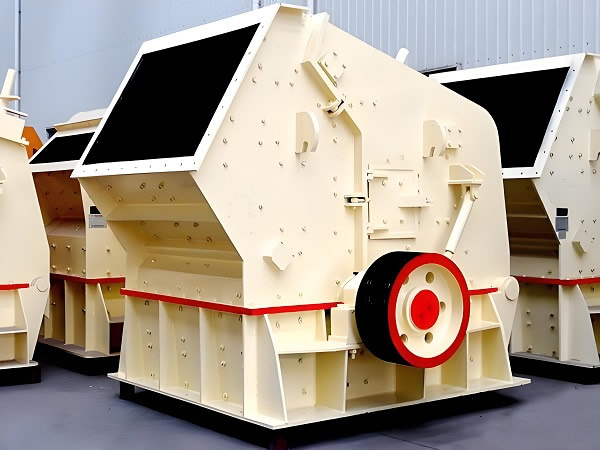
Impact crusher, also known as impact crusher, is a kind of high-energy and low-consumption equipment with international advanced level, which plays an irreplaceable role in ore fine crushing equipment. Impact crusher is an efficient and practical crushing equipment. Its advanced technology and superior performance make it an indispensable equipment in the fields of mining, metallurgy, building materials, chemical industry, environmental protection, etc.
Impact crusher, as an efficient and multifunctional crushing equipment, plays an important role in environmental protection, mining, construction, chemical industry and other industries with its unique crushing principle and wide application fields. The following is a detailed introduction to impact crusher:
1. Concept of impact crusher:
Impact crusher, referred to as impact crusher, commonly known as sand making machine, is a high-energy and low-consumption equipment with international advanced level, which plays an irreplaceable role in ore fine crushing equipment. It consists of a feed hopper, a distributor, a vortex crushing chamber, an impeller, a main shaft assembly, a base transmission device and a motor. It mainly drives the material through a high-speed rotating rotor, so that the material obtains high speed, and then hits the fixed crushing plate. After multiple impacts, grinding and crushing, fine sand particles are finally formed.
The impact crusher is based on the high-speed impact and grinding of the material. It uses a high-speed rotating rotor (usually with multiple throwing heads) to throw the material to a fixed crushing plate or a counterattack plate. The material is subjected to strong impact force during the impact process, thus breaking into smaller particles. At the same time, the friction and grinding between materials and between materials and the crushing chamber wall also help to further refine the particles.
Impact crushers have the characteristics of high crushing efficiency, simple structure, easy installation and maintenance, and low operating cost. They are widely used in metal and non-metallic ores, cement, refractory materials, abrasives, glass raw materials, building aggregates, artificial sand making and other fields. It is particularly suitable for medium-hard, extra-hard and abrasive materials, such as silicon carbide, corundum, etc., which is more superior than other types of crushers.
2. Structural characteristics of impact crushers
a. Feed hopper: used to receive and store materials to be crushed.
b. Distributor: Distribute materials evenly into the crushing chamber to ensure uniform crushing effect.
c. Vortex crushing chamber: There is an impact plate inside, which works together with the rotor to achieve material crushing.
d. Impeller: A key component on the rotor used to throw materials.
e. Main shaft assembly: The main component that supports and drives the impeller to rotate.
f. Base transmission device: Including motor, reducer, etc., used to drive the main shaft assembly and impeller to rotate.
3. Performance advantages of impact crusher
a. High crushing efficiency: Through high-speed impact and grinding, the material can be quickly crushed into the required particle size.
b. Simple structure: The overall structure of the equipment is compact and easy to install and maintain.
c. Strong adaptability: Suitable for a variety of materials, including hard rock, soft rock, ore, etc.
d. Low operating cost: Low energy consumption, easy replacement of wear parts, and reduced operating costs.
4. Application fields of impact crusher
Impact crusher is widely used in the following fields:
a. Mining: used to crush various ores, such as iron ore, copper ore, bauxite, etc.
b. Construction: used to prepare building aggregates, such as concrete aggregates, road aggregates, etc.
c. Chemical industry: used to crush chemical raw materials, such as fertilizers, pesticides, etc.
d. Others: It can also be used to prepare artificial sand, glass raw materials, etc.
PS: Impact crusher is an efficient and practical crushing equipment. Impact crusher plays an important role in many industries with its high efficiency, energy saving and strong adaptability.
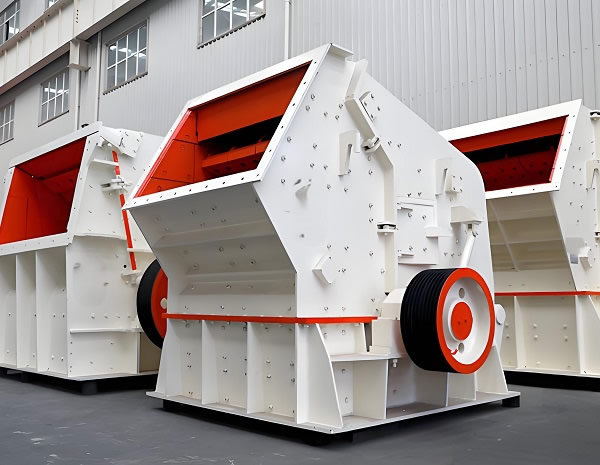
1. Impact crusher is more effective in processing materials with a large amount of moisture. It can effectively prevent material clogging. The impact crusher does not need to be equipped with a bottom sieve plate to effectively prevent clogging.
2. Impact crusher is suitable for a wider range of material hardness. The blow bar of the impact crusher is firmly fixed on the rotor with a mechanical clamping structure. When it rotates with the rotor, it has greater momentum, which is suitable for crushing harder materials, and at the same time consumes less energy.
3. It is convenient and flexible to adjust the discharge granularity. The impact crusher can adjust the output particle size in various ways, such as adjusting the rotor speed, adjusting the gap between the impact plate and the grinding chamber, etc. Gap adjustment can be adjusted mechanically or hydraulically.
4. The triple impact plate structure is adopted to increase the number of strikes on the material, hard extrusion, reduce friction, reduce hammer head loss, and prolong the service life of wear-resistant parts.
Determine the required crusher output based on actual production needs. Different models of impact crushers have different production capacities and need to be selected based on the material processing capacity.
Considering the particle size requirements of the crushed material, choose a crusher with a suitable discharge port adjustment range.
Adopts high chromium plate so that it has shock resistance, abrasion resistance, and big impacting force.
Big crushing ratio, high-efficiency crushing, product after breaking with cubic shape.
The gap between impact plate and blow bar is easier to adjust so to control the discharging granularity effectively.
It has the advantages of high energy consumption, low energy consumption, superior crushed products compared to natural sand, good particle shape of crushed products, and low cost.
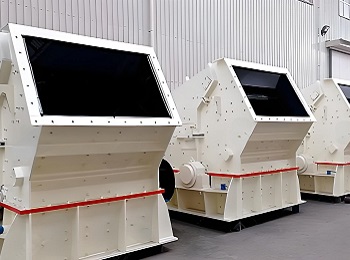
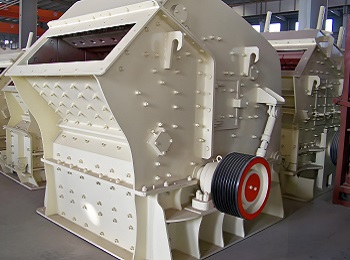
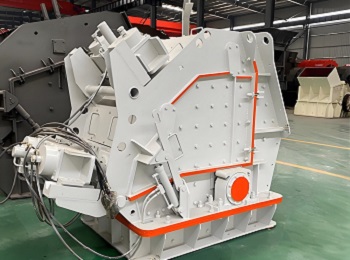
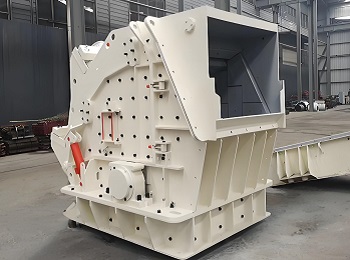
In terms of its working principle, the impact crusher can be simply described as the principle of stone crushing. Let the stones collide with the stones accelerated and thrown out by the impeller during the natural falling process, in order to achieve the goal of crushing. When the accelerated thrown stones collide with the naturally falling stones, a vortex is formed, and during the return process, they undergo two more crushes, so the wear on the machine's counterattack plate is minimal during operation.
The stone material falls directly into the high-speed rotating turntable from the upper part of the machine. Under the action of high-speed centrifugal force, it collides with another part of the target stone that is distributed in an umbrella shape around the turntable at high speed and undergoes high-density crushing. After colliding with each other, the stone material will form vortex motion between the turntable and the casing, causing multiple collisions, friction, and crushing, and will be discharged directly from the lower part. Form a closed loop with multiple cycles, controlled by screening equipment to achieve the required particle size.

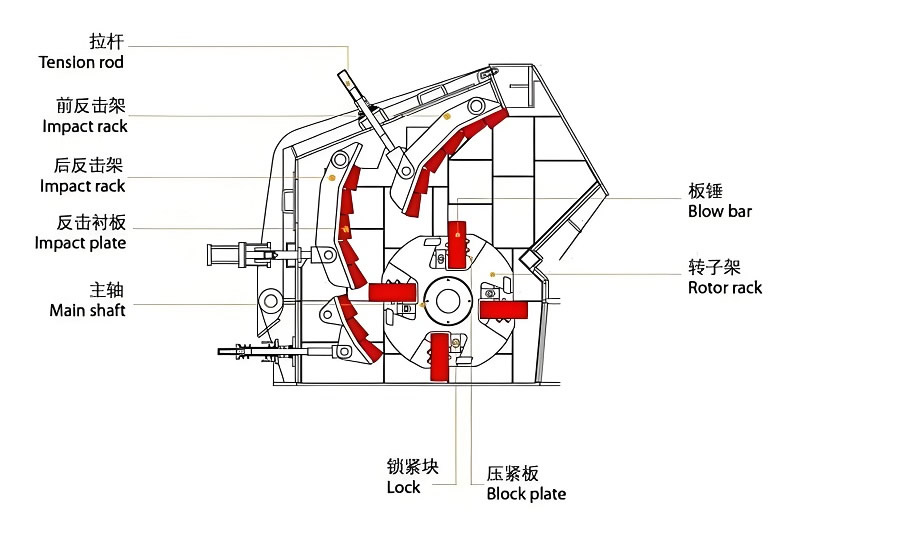
| Model | Feeder opening size(mm) | Max feeding size(mm) | Rotor size D*L(mm) | Capacity (t/h) | Power (kw) |
| ZIC-1007 | 450X730 | 250 | Φ1000X700 | 10-60 | 45 |
| ZIC-1010 | 400X1080 | 300 | Φ1000X1050 | 50-90 | 55 |
| ZIC-1210 | 450X1150 | 300 | Φ1250X1050 | 70-130 | 90 |
| ZIC-1214 | 480X1500 | 350 | Φ1250X1400 | 100-180 | 132 |
| ZCW-1315 | 860X1520 | 500 | Φ1320X1500 | 130-220 | 200 |
| ZCW-1320 | 900X2000 | 500 | Φ1320X2000 | 160-350 | 315 |
| ZCW-1520 | 930X2040 | 700 | Φ1512X2000 | 300-450 | 450 |
| ZCW-1620 | 1150X2040 | 700 | Φ1612X2000 | 400-550 | 650 |
| ZCW-1820 | 1620X2040 | 700 | Φ1800X2000 | 500-800 | 710 |
*The output will vary according to different materials, feed particle size and other factors.
Save Time! Get A Detailed Quotation Quickly.
